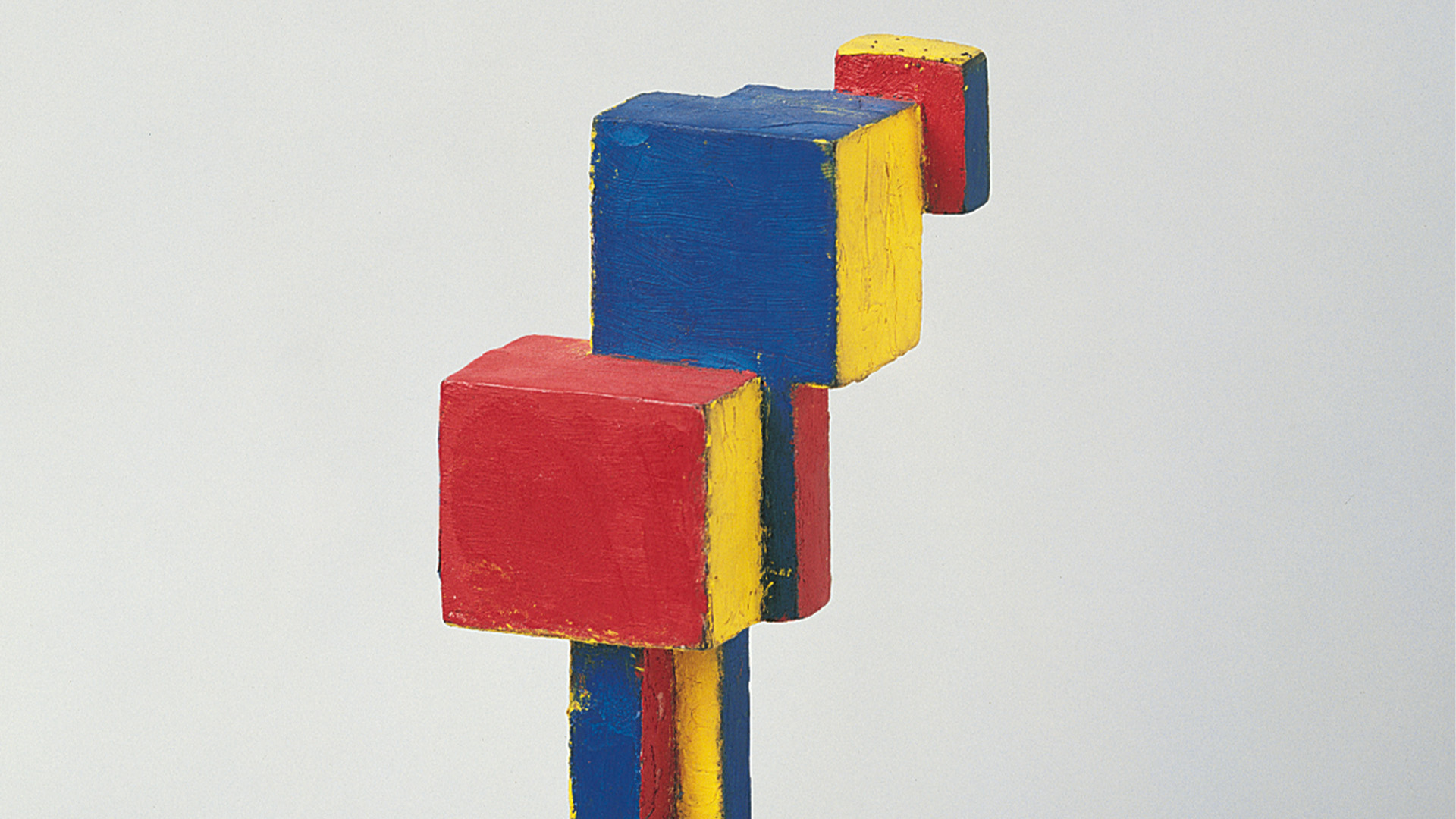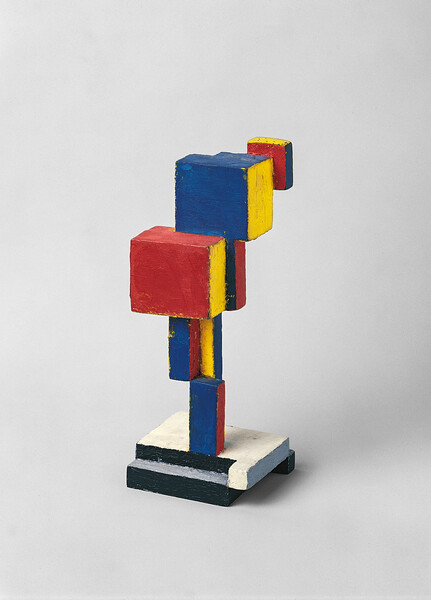
Georges Vantongerloo

Georges Vantongerloo, born in Antwerp, Belgium, was a sculptor, painter, architect, designer and theorist, and a member of De Stijl. While living in Holland and working on architectural designs during the years of World War I, Vantongerloo became part of the circle of Piet Mondrian, Bart van der Leck, and Theo van Doesburg, who founded the magazine ‘De Stijl’ in 1917. In 1924 Vantongerloo published his pamphlet ‘L’Art et son avenir’ and in 1931 joined the Abstraction-Création group, which counted among its members Piet Mondrian, Barbara Hepworth, Robert and Sonia Delaunay, Hans Arp and Sophie Taeuber-Arp, Wassily Kandinsky, Josef Alberts, László Moholy-Nagy and Max Bill. From the end of the 1930s onward, Vantongerloo distanced himself from the straight line in favour of the curved line, producing influential work characterized by greater lyrical compositions and plays of transparency, color, and light.
Georges Vantongerloo was born in Antwerp, Belgium in 1886. A member of the association Abstraction-Création, he studied at the Académie Royale des Beaux-Arts and Brussels until the first World War. One of the 900,000 refugees who fled Belgium in 1914, Vantongerloo produced early figurative paintings and sculptures in Holland, but faced personal and political turmoil during these early years. This turbulent period of Vantongerloo’s life in exile would leave a lasting impression on his life and work.
In 1918, Vantongerloo became a co-signor of the De Stijl manifesto and a contributor to the movement’s publication De Stijl, along with a principal group of artists including Theo van Doesburg, Piet Mondrian, and Vilmos Huszár. In the following years, Vantongerloo would come to define his practice through the use of mathematical equations, science, and ethics. He theorized an equation, ‘volume + void = space,’ and began experimenting with abstract linear and geometric works which gave form to his series of works Construction in a Sphere. As his practice developed through the 1920s, Vantongerloo became more invested in scientific-like methods and research; he gave mathematical titles to his works, employed Cartesian analytical geometry, and used parabolic and hyperbolic functions to invent complex shapes and forms, realized in a multifaceted oeuvre of paintings, sculptures, and architectural designs.
After moving to Paris from Menton, France, Vantongerloo joined Abstraction-Création in 1931; he served as vice-president of the artists’ association until 1937, organizing frequent exhibitions and producing annual booklets with contributions from an international group of artists. His models of bridges and a proposed airport were exhibited at the Musée des Arts Décoratifs in Paris in 1930. In 1936 he participated in the exhibition Cubism and Abstract Art at the Museum of Modern Art in New York. His first solo show was held at the Galerie de Berri in Paris in 1943, in an act of resistance to Nazi occupation.
The Max Bill Georges Vantongerloo Stiftung was established by Bill’s widow, the independent curator and scholar Dr. Angela Thomas Schmid, to represent the part of these two artists’ estates entrusted to her care. Despite maintaining entirely distinct artistic practices, artists Max Bill and Georges Vantongerloo were bound together in their desire to forge new developments in the field of twentieth-century abstraction, and by their lifelong friendship. Their close relationship and an extended personal written correspondence—which unfolded over the course of more than three decades—united their independent artistic and intellectual endeavours, and helped each to push the boundaries of his work to the fullest. The progress of this extraordinary creative exchange mirrors the artistic and philosophical breakthroughs that defined the last century.
Biography
Solo Exhibitions
Group Exhibitions
Bibliography
Monographs
Artist’s Books & Writings
Publications
Press
Exhibitions
1 / 2
News
Ursula
1 / 2












